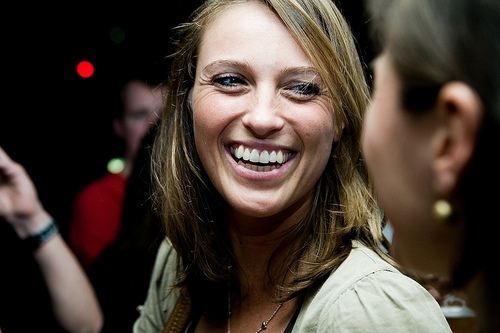Kathakali Ghosh explores how high level statistical models are helping us to understand how facial shape is affected by surgery.
One in almost every 600-800 babies is born with cleft lip (UCL) or cleft lip and palate (UCLP). Cleft lip and palate is a facial abnormality developed during gestation. UCL affects only the outer mouth and lip, UCLP is when the split is continued into the roof of the mouth, or hard palate. This is corrected with surgery that involves reconstructing the lip and or palate as the case may be. One of the main concerns of the parents before their babies undergo this kind of surgical procedure is how their facial shape would be affected post surgery and while growing up. The task of quantifying the facial shape changes after surgery has been taken up by a talented group of surgeons and researchers at University of Glasgow. The team uses cutting edge stereo camera technology and powerful statistical tools to model facial shape to great accuracy.
A state of the art stereo camera system, originally developed by Paul Siebert and his team of computing scientists, is used to obtain 3D images of the face. It uses several cameras to capture 2D images of the child’s face from different angles simultaneously. These are then pieced together and a 3D representation is obtained. The images are collected before and after the surgery while the child is growing up. Images are also collected from children without any facial abnormalities to serve as the control group.
Facial images are first realigned, rotated and oriented all in the same way. From this data, landmark points are identified. These landmark points are usually located at some anatomically significant positions in the image, for example, the corner of the eyes or tip of the nose. Interpolating between these landmarks can also give us sets of curves which describe the features of interest. Shapes are characterised by these curves located at anatomically meaningful positions.
The analysis of these surfaces is often based on the geometry of principal curves1. A group of statisticians led by Adrian Bowman at the School of Mathematics and Statistics are employing high level statistics of the principal curves to quantify the difference in facial shape, both between the two groups of children and within each child over time. In a longitudinal study of infants conducted by Bowman and his team, images were collected from 49 children with unilateral (one-sided) clefts and 100 children with no facial abnormalities (controls). These images were taken at 3 months (before any surgery) and then at 6 months, 12 months and 24 months. Profiles of the nose and midline of the lower face were compared. The team have analysed anatomical landmarks, to measure asymmetrical discrepancies between pre- and post-surgery between cases and controls. “In a cleft case there is a much higher degree of asymmetry but after surgery the asymmetry score drops. However, it is still markedly higher than in non-cleft cases” says Bowman.
Analysing facial images using these methods has led to some very interesting findings. Bowman continues, “Our work is essentially an audit of what actually happens when these operations take place and what unusual features might still be left with the child and that could be informative for later surgery”. “These powerful statistical techniques are now being extended to model and predict other parts of the anatomy with significant applications in plastic and reconstruction surgery”, explains Joanna Smith, a postgraduate researcher who studies these images. The data may be further augmented with CT scans of underlying bone structures, improving the accuracy of these reconstructed shapes even further.
With such image reconstruction technology in place, there is increasing understanding of the nature of cleft lip shapes and the likely effects of surgery.

